Treating Neck Pain
 Neck pain is a common encounter for many individuals and can affect the ability to enjoy everyday activities. There are some simple measures for treating neck pain you can take to help with relief, restoring normal function as well as decreasing the chances of having problems in the future.
Neck pain is a common encounter for many individuals and can affect the ability to enjoy everyday activities. There are some simple measures for treating neck pain you can take to help with relief, restoring normal function as well as decreasing the chances of having problems in the future.
Health care professionals place an emphasis on adjustments to restore normal motion and relieve joint and nerve pressure, stretching as well as muscle strengthening exercises, postural modification, medications and therapies directed towards relaxation. This provides a long-term neck pain treatment program that is often effective for most individuals. However, when you first experience neck pain, here are some ways to help:
First and foremost, you should be aware of when you need to see a doctor for neck pain.
Resting. Most studies indicate that remaining active is best. Resting is usually reserved for significant injuries, like herniated discs or fractures. But, resting can help initially if there is inflammation, even from a simple strain, to give it a chance to calm down. It may be necessary to modify some activities to help relieve pain and prevent an injury from getting worse.
An example of this might be a whiplash type injury, where there is no pain initially. Some people may go home and notice some soreness later and apply heat to the area of neck injury. Since there may be tears of muscles and inflammation, this can make the condition worse and there may be more pain upon waking the next day.
Heat & Cold Treatment
Cold treatments for the neck can help to numb pain and reduce inflammation or swelling. If you think you have injured your neck is some way, but do not have significant amounts of pain, an indication to see a doctor immediately, you are safer using ice or cold treatments.
Applying cold treatment to the neck can be as easy as wrapping some frozen vegetables in a towel or moist paper towels for about 15 minutes. This can be repeated every hour or two. Having an ice pack or neck wrap specifically designed to apply cold treatment to the neck is always a good idea and makes treatments easier, more comfortable and more effective. You should not use ice direct on the skin over 1 minute, and many well designed products can be used directly from the freezer.
After an acute stage with inflammation is done, heat treatments can be used approximately 15 minutes each treatment session. Heat is a great way to relax stiff muscles, reduce pain and to promote healing. Standing under a hot shower is a good way to provide moist heat to the neck. Dry heat is not the best form of heat treatment and can actually cause inflammation and congestion.
A simple method of using heat is a moist towel heated in a microwave for about 10 seconds or a minute, depending on the thickness of the towel and power of the microwave. Avoid burns by checking the temperature prior to applying it to your neck.
With the advent of anatomically designed, ready made microwavable hot packs, electric as well as battery powered moist heat and infrared heating pads, treating neck pain by applying heat is easier, safer and more effective than ever.
Generally, use ice for the first day or two after an injury, and after that, use heat.
Naturally, you should try to avoid sudden or quick motions, postures that produce pain and certainly avoid any activity that caused the pain. This is a good time to review posture modifications to help neck pain.
When resting and/or sleeping make sure your neck is supported properly to reduce strain. A relaxing position is lying on your back with a pillow under your knees and a neck roll underneath the cervical spine. This can relax the entire spinal column and provide restorative healing for the mind and body. Using a supportive pillow that is specifically designed for the neck can help you get a good night’s sleep. Be careful getting up; turn to the side using your arms to support you, pushing yourself up. Avoid heavy lifting, reaching and reading in bed.
A 2020 study in the Journal of Glaucoma found that intraocular pressure increases when reading while lying down compared with sitting. So proper ergonomics should be followed at all times, applying to musculoskeletal conditions as well as those who should avoid eye pressure increments or fluctuations.
One of the most important factors is your sleeping posture. Too many spend hours every night with the neck in a non-neutral posture, which places stress on spinal structures including muscles, ligaments and discs. One of the most postural efficient means of sleeping is the use of functional pillow that are designed specifically to keep the head, neck and upper back properly aligned throughout the night.
You may need to use a cervical collar that can help protect the neck as well as provide comfort and support. They are generally made of plastic, foam, or a combination. Usually this is temporary for treating neck pain and it can be weaned off as you start doing some basic neck exercises and stretches to help prevent future neck pain episodes.
A 2015 review in Mayo Clinic Proceedings indicates neck pain to be the fourth leading cause of disability. The annual prevalence rate exceeds 30%. While most instances of acute neck pain resolve, nearly 50% of individuals continue to experience frequent occurrences or some degree of ongoing pain.
A 2021 review in European Journal of Applied Physiology indicates the spine plays a vital role in neuromuscular control. Dysfunction, called central segmental motor control, alters function of the nerves and muscles. Spinal adjustments enable more efficient production of muscular force. Physical injury, pain, inflammation, and acute or chronic physiological or psychological stress can alter the vertebral column’s central neural motor control, and chiropractic adjustments can improve neuromuscular function.

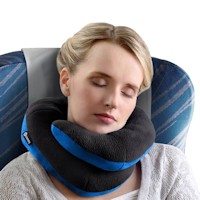 Special Pillows
Special Pillows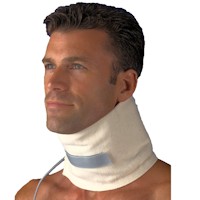 Heat Therapy
Heat Therapy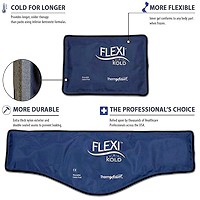 Cold Therapy
Cold Therapy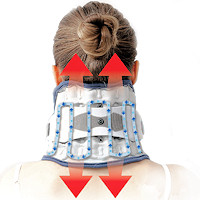 Neck Traction Devices
Neck Traction Devices Cervical Pillows
Cervical Pillows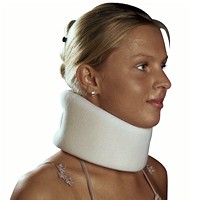 Neck Support Collars
Neck Support Collars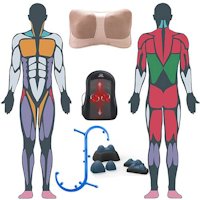 Muscle Therapy Tools
Muscle Therapy Tools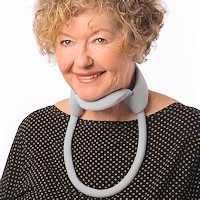 Head Supports
Head Supports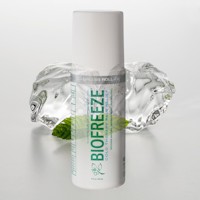 Topical Pain Relievers
Topical Pain Relievers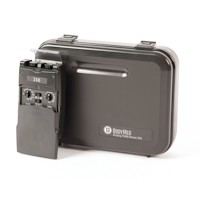 TENS Therapy
TENS Therapy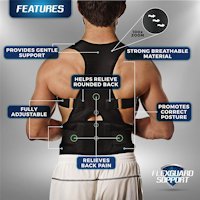 Posture Braces
Posture Braces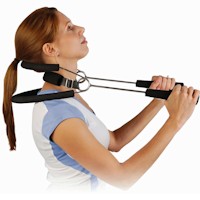 Neck Stabilization
Neck Stabilization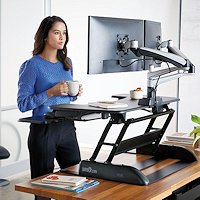 Ergonomic Aids
Ergonomic Aids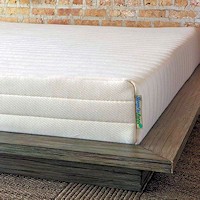 New Mattresses
New Mattresses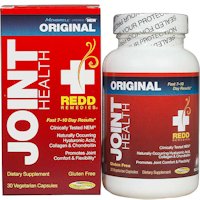 Relief Supplements
Relief Supplements